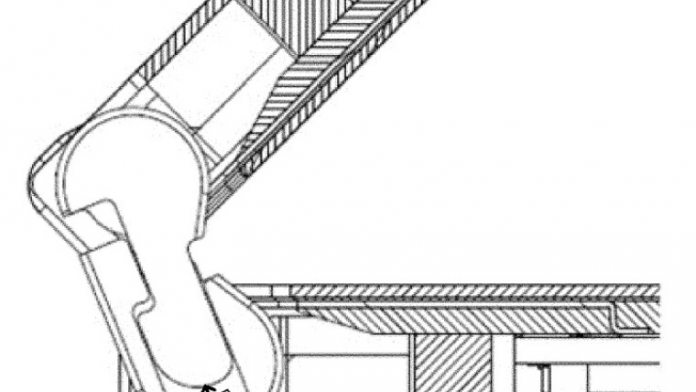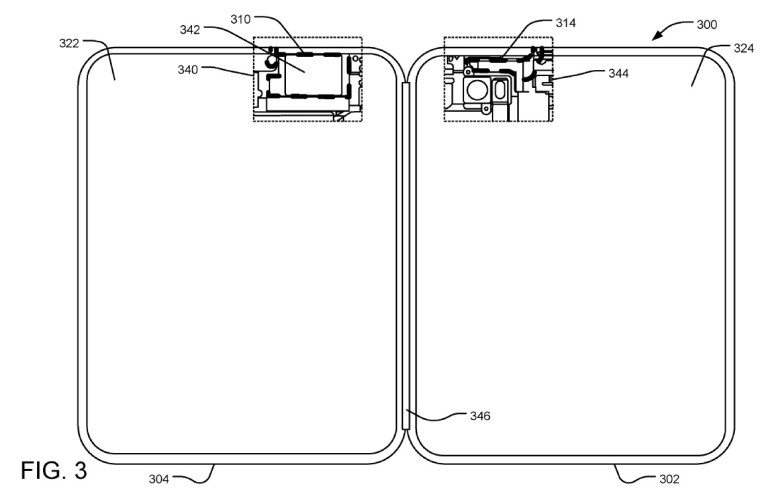Of course, Centaurus is just a codenamed, with the name to be unveiled alongside the device. We reported last week that Surface Centaurus is predicted to be announced at Microsoft’s Surface press event on Oct. 2. Much of Microsoft’s work on folding screen technology has been on the hinge mechanism. Over the years, we have charted numerous patents focused on making the folding screen as functional as possible. In the latest Microsoft Patent ideas (published by Patentscope), shows that Surface Centaurus may feature a 360-degree hinge. There are two patents, the first describes how the hinge functions: “The displays can rotate with respect to each other through 360 degrees. The displays can be face-to-face in a closed position, in a single plane in an open-book or tablet position, and back-to-back in a fully-open position. The hinge mechanism has at least one flexible connection member that follows a generally S-shaped path when the displays are in a tablet position. “Each device can include a hinge lug that has top and bottom channels for receiving the flexible connection members. Both the first and second flexible connection members can be coupled together through a termination block. A screw can be threaded through the hinge lug and push on the termination block so as to create tension in the first and second flexible connection members.”
Second Patent
In the second patent, Microsoft explains how the 360-degree hinge works with a magnetic closing mechanism: “The described technology provides multi-sided magnetic access to an electromagnetic coil of a multi-configuration computing device in the presence of one or more metal structures, such as a conductive (e.g., metal, graphite) computer device chassis or midframe. An example implementation provides a computing device including a first computing device portion having one or more electrical components, a first side, a second side, an electromagnetic coil, and a first metal frame having a first through-slot. The computing device also a second computing device portion having one or more other electrical components, a third side, a fourth side and a second metal frame having a second through-slot. “A mechanical joint connects the first computing device portion and the second computing device portion such that the first side is positioned to face the third side and the electromagnetic coil overlaps the first through-slot and the second through-slot along an axis running orthogonal to the first computing device portion and the second computing device portion.”





